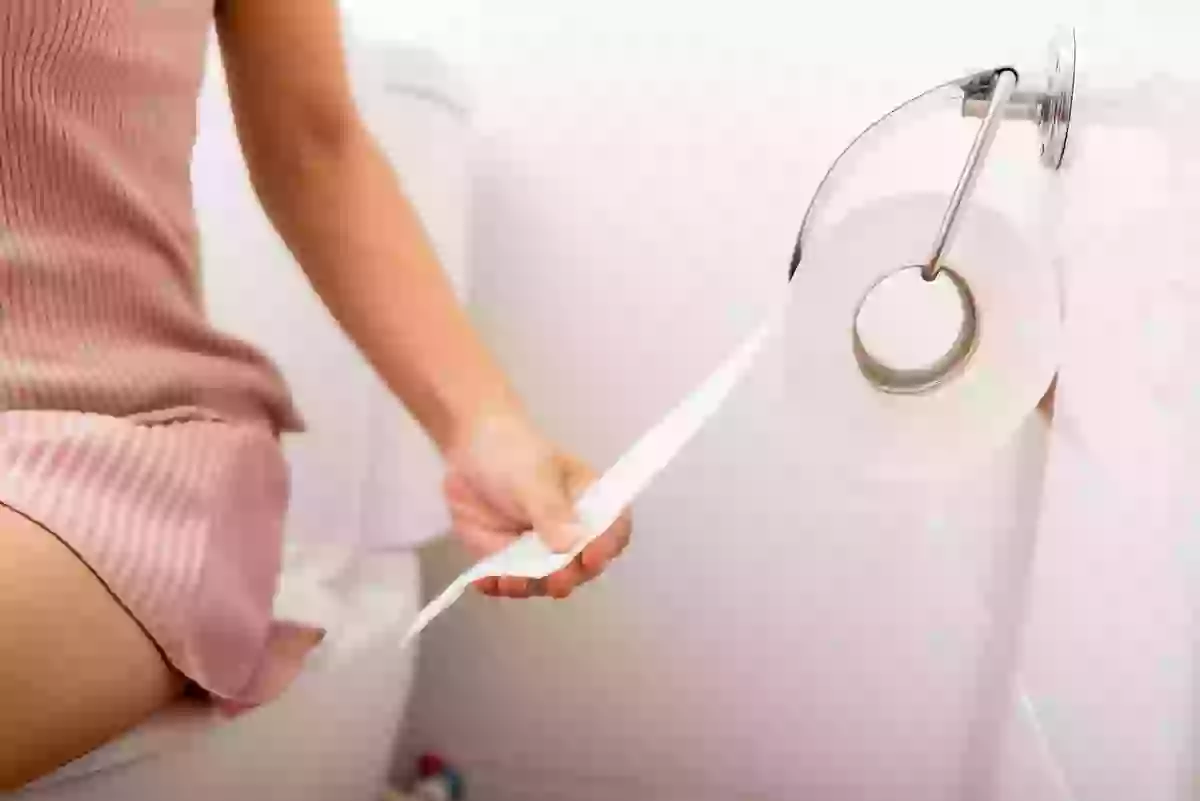“Is Your Bathroom Break a Red Flag? The Surprising Link Between Urination Time and Serious Health Risks!”
Ever found yourself wondering if you take too long on your bathroom breaks or if you’re in and out quicker than a quick coffee run? Well, believe it or not, timing your toilet trips might just be the key to unlocking some serious health insights! Yes, you heard that right—who knew that sneaking a peek at the clock while answering nature’s call could have implications for your bladder health? Enter the ‘Law of Urination,’ a quirky concept borne from some seriously intense research at the Georgia Institute of Technology. A team of science buffs delved into the mysterious world of animal bladder habits by observing the pee patterns of various critters. Spoiler alert: based on their findings, if you’re taking longer than about 21 seconds to relieve yourself, it might be worth paying attention to! So, get ready to learn something that may change the way you see your restroom visits forever. Curious? Let’s dive deeper! LEARN MORE.
Although the idea of timing how long your toilet trips take might sound bonkers, it turns out it could be very beneficial to your health.
Making a note of how punctual you are when you are peeing could help you work out whether you might run into problems with your bladder later down the line, experts say.
So, listen up – as the ‘Law of Urination’ might come in handy for you one day.
A group of scientists at the Georgia Institute of Technology came up with the unusual concept a few years ago, after conducting some interesting research on a range of animals.
Boffins sat down and watched a host of high-speed videos of various different creatures taking a tinkle, in order to get a better understanding of why most mammals pee the way they do.

Ever wondered about how long you should be using the toilet for? (Getty Stock Image)
They looked at rats, goats, cows and elephants, among other animals, before picking up on a weird peeing pattern.
The US researchers, who won the spoof Ig Nobel Prize in 2015 for the research, realised that all mammals weighing more than 3kg are able to empty their bladders in about 21 seconds.
Publishing their fascinating findings in the journal PNAS in 2014, the team explained that ‘gravitational force’ is the main factor in the length of time it takes to pee.
“How can bladders of both 0.5 kg and 100 kg be emptied in nearly the same duration? Larger animals have longer urethras, and so greater gravitational force driving flow,” the research paper explained.
“These long urethras increase the flow rate of larger animals, enabling them to perform the feat of emptying their substantial bladders over approximately the same duration.

Researchers watched loads of different animals peeing for the study (Getty Stock Image)
“Despite this wide range in mass [of the animals], urination time remains constant for all animals heavier than 3 kg.
“This invariance is noteworthy, considering that an elephant’s bladder, at 18 L, is nearly 3,600 times larger in volume than a cat’s bladder at 5 mL.”
Noteworthy indeed – especially as the researchers reckoned that the study might ‘help to diagnose urinary problems in animals’.
Which is where us humans come in… as I’m sure you’ve been wondering how on earth this study on animals answering nature’s call translates to our toilet trips.
Well, as mammals ourselves, we can take heed of the findings as they give us a general rule of thumb for how long it should take us to have a wee.
Nurse Janis Miller, PhD told Well and Good you can use the 21 second rule to ‘educate yourself into a good wellness pattern’.
Not every trip to the loo will last 21 seconds exactly, however, it’s at least a rough guide to be aiming for.

Boffins came up with the ‘Law of Urination’ which can apply to humans as well as animals (Getty Stock Image)
Taking longer or less than this time could be an indication of poor bladder health, swelling, infection, or prostate problems in animals, according to IFL Science – and the same applies to humans.
If you’re finding that you spend a lot longer to empty your bladder or make multiple trips to the loo, it could lead to problems down the line.
If you’re peeing for significantly longer than 21 seconds all the time, your bladder may expand, eventually losing its ability to stretch and stop working as it should.
As well as this, holding your pee in for too long too frequently can lead to UTIs or kidney issues.
Pee too often and you could have what’s called an ‘overactive bladder’ – when you feel the urge to pee even if your bladder isn’t full.
As for how many pee breaks you should be taking a day, urologist Nicole Eisenbrown has advised that we should be emptying our bladder eight times a day if you’re drinking the correct amount of water.
So, if you see a stopwatch left on the sink next time you take a bathroom trip – don’t be too surprised.




















